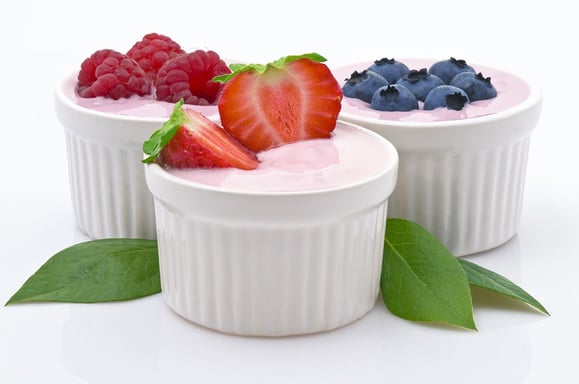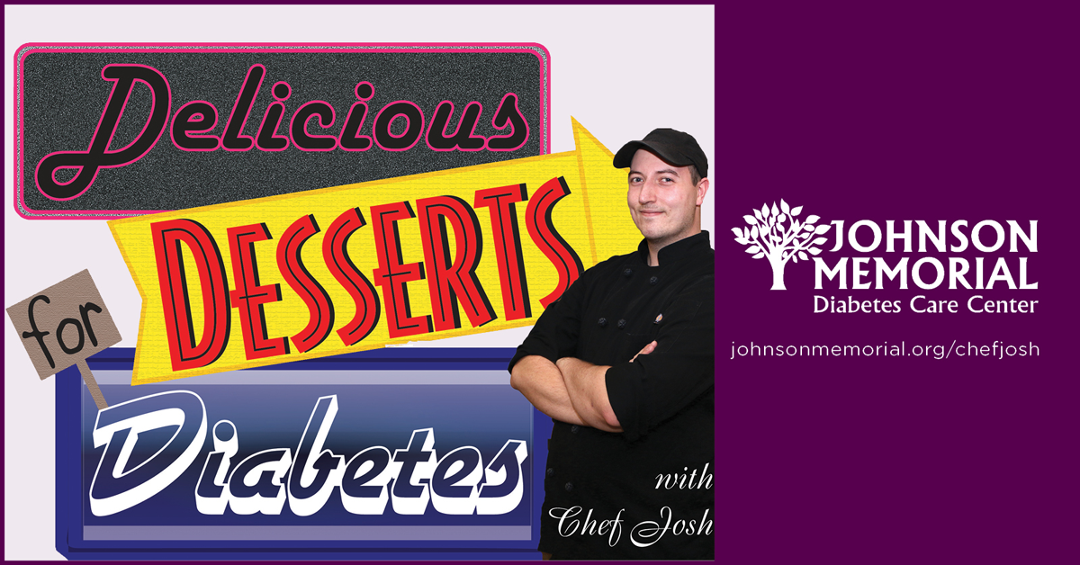Cherry cheesecake. Apple pie ala mode. Chocolate cake with devil’s food icing.
They all sound like the perfect ending to a great meal – unless you are a diabetic.
When your body does not produce enough insulin to break down sugars, a sweet dessert can cause more harm than just putting on a few pounds.
Does that mean diabetics must say no thanks and suffer in silence when everyone else around the table is enjoying dessert?

Not necessarily so, according to the American Diabetes Association. You just need to manage the dessert – just like you do with every other course of your meal.To keep your blood sugars in check, it’s all about:
- What you are eating.
- How much you are eating.
- Carbohydrate, sugar and calorie contents of everything you consume.
Here’s some advice on desserts:
Fruits are an excellent choice. Most restaurants offer a fruit option. If you are going to someone’s home for dinner, ask if the host will provide some fresh fruit or offer to bring some. The ADA recommends two to four servings of fruit per day for proper blood sugar control. Be careful, though. Make certain the restaurant or host doesn’t top the fruit with a sugary sauce. The fruit should be fresh.
Low-fat dairy products are an option. Nutritionists recommended two or three servings a day of low-fat or nonfat dairy products. A small scoop of fat-free ice cream or frozen yogurt has about 100 calories per serving, and probably around three teaspoons of added sugar. It’s ok to ask the waiter or host about ingredients for a dairy dessert so that you can plan accordingly.
Watch for the hidden sugars. Even if you scrape off the icing, cake still has hidden sugars. Your body breaks down starches into sugars. The ADA says research has shown that the total amount of carbohydrates you eat, more than anything, affects blood glucose level.
Be cautious about sugar-free goodies. Artificial sweeteners like Splenda and Sweet ‘N Low can fool your sweet tooth, without affecting blood-sugar levels. However, you should read the label or ask for information about those sugar-free desserts. Sometimes, they are loaded with carbs.
A little sharing doesn’t hurt. If that dessert looks too good to pass up, ask for an extra spoon and take a small taste.
If you indulge, take a walk. If you decide to have what everyone else is having (albeit a small portion), you need to monitor and manage your blood sugar level. If you are insulin dependent, that might mean adjusting your dosage. The best recourse is a 20-minute walk to help your body deal with the influx of sugar.
Diabetes is a manageable disease, but requires discipline and constant effort. You have to ask yourself whether or not the few minutes of indulgence in a hyper-sugary dessert is worth the potential long-term health risks.
If not, a little planning for a healthier option can be just as tasty.

